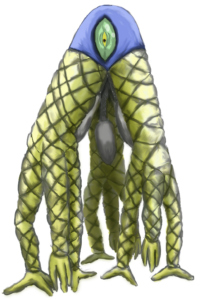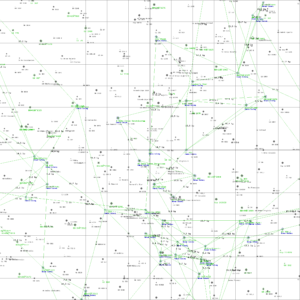My two new RPGs both use my Energy System (ES), why am I using it and what is the system good for?
ES is designed to play a game that tells the story of characters exerting themselves. The core of the system is that each character (or really any entity) has a certain amount of energy to exert on the world. Traits say what the character is good at and makes the energy they spend more effective.
Why ES and not some other system?
ES handles a number of things organically that other systems need special rules for. It was developed with the question of “What might an RPG look like if they didn’t stem from war-games?” For example, there are no Hit Points, a staple of war games. The closest thing a character gets to hit points is their Energy Dice. There are no separate rules for combat or other skill challenges. They’re all handled the same way. This results in a game that handles any type of in game challenge using the same rules. The only special cases are more like examples of how to use the core rules in specific situations.
What is different about playing ES?
One main difference is the approach to storytelling. This is not a storytelling game as some RPGs have sold themselves. The game dictates what happens in mechanical terms, then the player interprets the game result and tells the story from that. Players are free to tell exciting and impressive tales about their character, but are constrained to make the tales fit the game result. This is a very different experience that some love but others find alien.
Another big difference is in the pacing of the game. Often many dice are rolled at once for each turn. One of the original design criteria was that my players wanted to use a range of dice types so ES obliges them. The important thing to remember is that, rolling the dice is not telling about a single action, but is a stage of a challenge. A character in the ES doesn’t swing a sword, they enter a duel. They don’t dodge an attack, they engage in defensive maneuvers. If players try and explain their rolls in terms of single actions as most RPGs do, the story of what goes on in game will seem very short. If the explain the game results in broader efforts and tell the story of how those efforts went, the game is fuller and will feel properly paced.
At it’s core ES has two main elements to the rules, Agents and Traits. Player Characters are not referred to as an Agent, but are in fact special instances of an Agent. NPCs are Agents but so is equipment, vehicles, and even things like super powers. An agent is anything that has it’s own pool of energy dice. Traits make the dice the player will roll bigger, making the numbers larger and the results higher (on average). There are different kinds of Agents and Traits, but the whole system boils down to those two elements. In play, this sometimes takes players a little bit of getting used to, mostly to unlearn all the baggage that many games require.
ES simulates a large number of situations and interactions with it’s simple ruleset. For vehicles, fuel tracking is handled by their Energy Dice. Weapons ammunition are handled by their Energy Dice. A gun jamming is handled by the Energy Dice. Encumbrance is handled by Energy Dice. At the same time Energy Dice are how the characters get things done so they aren’t tracking several different values, it’s all managed the same way. Social conflict, survival situations and combat are all handled in the same manner.
Is the ES a universal system?
The ES is flexible, but it’s not universal. In each application, the ES needs adjustment to set the proper tone. In most cases, specific types of Agents are considered special to the setting and get special rules. Character creation also has to happen differently to handle different genres.


